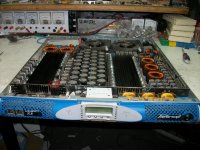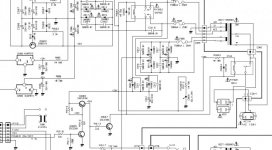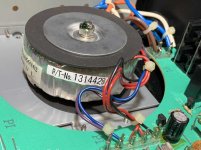Vertical Corugated tweeters
- By WrineX
- Planars & Exotics
- 1 Replies
Here are 2 videos about me making a weird tweeter i had in mind for quite some time. its a live stream... so i would 100000 percent understand if you would not watch all of it 🙂 haha its so long , since it is real time 🙂
VIdeo 1 live
YouTube
Video 2 live
YouTube
but its is a sort of planar/ribbon it combines the 2 things i like most 🙂 ribbon for low resonance and easy crossover, and planar magnetic (normal one ) in terms of magnet layout. and method of being able to create some really weird coils 😉 and still have a rather OK output without trannie and small height to have semi ok dispersion.
Hunting down weirdness in my tweeters. i am rather happy so far but when i put it in Push pull i get a weird dip (it was also present in single ended but harder to notice)
Biggest problem was a wiggle at 10Khz when i used it in push pull and also some weird dip at 4 khz in both. a nice thing is this tweeter has a resonance of around 100 hz or something so very easy to crossover 🙂
All measurements are gated @ 3ms and use 1/12dB smoothing
Pic 1 Push pull vs single ended in the mini monitor baffle.
you can see the weird dip clearly, a dip at 4 khz and a huge swing at 11Khz
Red Push pull
Green Single ended
Pic 2 Push pull vs push pull without any magnets on the front, i adjusted the volume. to see whats going on. so apparently the magnets is not creating this.
Red with magnets
Green Without
Pic 3 I removed the tweeter and used it free air.
push pull vs single ended
Purple Push Pull
Red Single ended
Pic 4 tweeter still out of the baffle , this time the front (that does not have a frame to hold the tweeter) vs the back
Red Front
Green Rear
Pic 5 i wondered what the frame thickness did so i added the frame that is there when using it in push pull and made it 4 mm thicker then it usualy is.
Red default 4 mm frame
Purple with an extra thick 8 mmm frame (no magnets in the front just the frame)
Pic 6 I still am not sure if it is damping or the width of the cut out need to make a new frame for it, but here i added felt and the red marked spots.
Pic 7 The result with felt in single ended without baffle
Red without felt
Purple with felt
Pic 8 Now its time to put the single ended in the baffle and see what we gained.
Light green single ended in baffle
Dark green with felt mod in baffle.
That looks promising to me. almost as flat as i could wish for. question still remains is the damping needed there or should it make the cutout of the frame as wide as the driven area. ? adding felt makes it possible to get lower resonance, making the cutout in this case smaller (since it cant be wider then the magnets without creating the same problem) might result in the same and is easier to produce. less parts less work etc etc. well i guess i need to try both. so far felt DOES makes it allot smoother almost perfect.
Pic 9 just the tweeter in push pull on a test baffle, measurements taken in this post where my mini monitors baffle
its amazing how the plot can change with some minor crap
VIdeo 1 live
YouTube
Video 2 live
YouTube
but its is a sort of planar/ribbon it combines the 2 things i like most 🙂 ribbon for low resonance and easy crossover, and planar magnetic (normal one ) in terms of magnet layout. and method of being able to create some really weird coils 😉 and still have a rather OK output without trannie and small height to have semi ok dispersion.
Hunting down weirdness in my tweeters. i am rather happy so far but when i put it in Push pull i get a weird dip (it was also present in single ended but harder to notice)
Biggest problem was a wiggle at 10Khz when i used it in push pull and also some weird dip at 4 khz in both. a nice thing is this tweeter has a resonance of around 100 hz or something so very easy to crossover 🙂
All measurements are gated @ 3ms and use 1/12dB smoothing
Pic 1 Push pull vs single ended in the mini monitor baffle.
you can see the weird dip clearly, a dip at 4 khz and a huge swing at 11Khz
Red Push pull
Green Single ended
Pic 2 Push pull vs push pull without any magnets on the front, i adjusted the volume. to see whats going on. so apparently the magnets is not creating this.
Red with magnets
Green Without
Pic 3 I removed the tweeter and used it free air.
push pull vs single ended
Purple Push Pull
Red Single ended
Pic 4 tweeter still out of the baffle , this time the front (that does not have a frame to hold the tweeter) vs the back
Red Front
Green Rear
Pic 5 i wondered what the frame thickness did so i added the frame that is there when using it in push pull and made it 4 mm thicker then it usualy is.
Red default 4 mm frame
Purple with an extra thick 8 mmm frame (no magnets in the front just the frame)
Pic 6 I still am not sure if it is damping or the width of the cut out need to make a new frame for it, but here i added felt and the red marked spots.
Pic 7 The result with felt in single ended without baffle
Red without felt
Purple with felt
Pic 8 Now its time to put the single ended in the baffle and see what we gained.
Light green single ended in baffle
Dark green with felt mod in baffle.
That looks promising to me. almost as flat as i could wish for. question still remains is the damping needed there or should it make the cutout of the frame as wide as the driven area. ? adding felt makes it possible to get lower resonance, making the cutout in this case smaller (since it cant be wider then the magnets without creating the same problem) might result in the same and is easier to produce. less parts less work etc etc. well i guess i need to try both. so far felt DOES makes it allot smoother almost perfect.
Pic 9 just the tweeter in push pull on a test baffle, measurements taken in this post where my mini monitors baffle
its amazing how the plot can change with some minor crap
Attachments
-
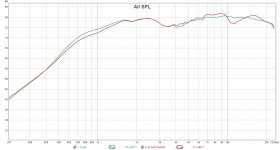 01 Push pull VS single ended in a baffle.jpg135.6 KB · Views: 248
01 Push pull VS single ended in a baffle.jpg135.6 KB · Views: 248 -
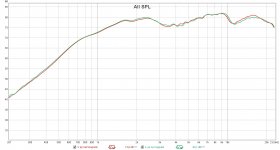 02 PP in baffle withouth any magnets just the frame.jpg133.6 KB · Views: 245
02 PP in baffle withouth any magnets just the frame.jpg133.6 KB · Views: 245 -
 03 tweeter PP and single ended without baffle.jpg135.4 KB · Views: 242
03 tweeter PP and single ended without baffle.jpg135.4 KB · Views: 242 -
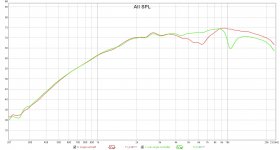 04 out bafffle single back side vs front.jpg137.5 KB · Views: 239
04 out bafffle single back side vs front.jpg137.5 KB · Views: 239 -
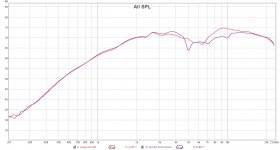 05 pp frame but made the front fram 4 mm thicker.jpg135.2 KB · Views: 239
05 pp frame but made the front fram 4 mm thicker.jpg135.2 KB · Views: 239 -
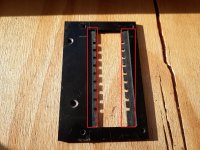 frame.jpg748.2 KB · Views: 140
frame.jpg748.2 KB · Views: 140 -
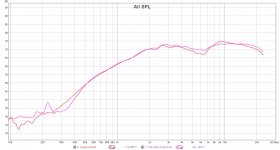 06 in single ended with felt in the frame va no felt.jpg149.9 KB · Views: 136
06 in single ended with felt in the frame va no felt.jpg149.9 KB · Views: 136 -
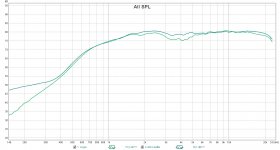 07 felt in frame single ended in baffle vs no felt.jpg141.9 KB · Views: 105
07 felt in frame single ended in baffle vs no felt.jpg141.9 KB · Views: 105 -
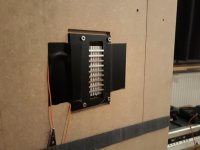 20200410_000040.jpg643.7 KB · Views: 168
20200410_000040.jpg643.7 KB · Views: 168 -
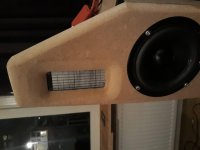 20200411_220353.jpg763.9 KB · Views: 188
20200411_220353.jpg763.9 KB · Views: 188
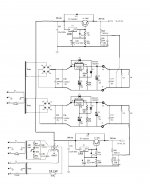
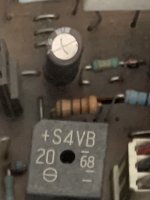
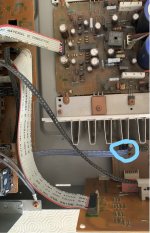
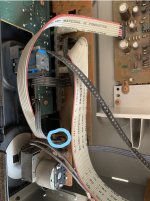
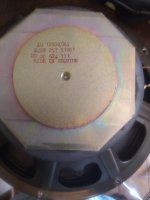
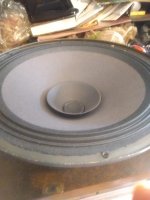
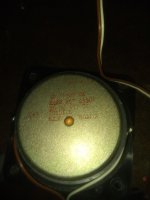
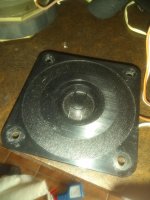
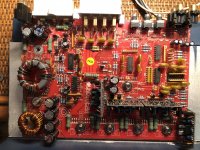
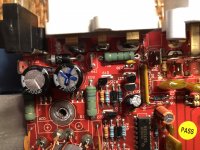
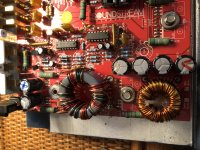
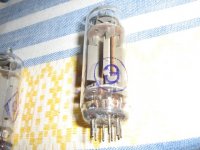
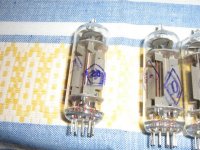
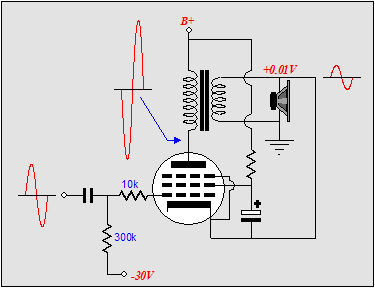
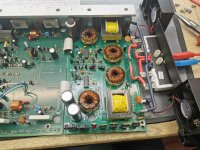
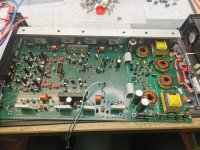
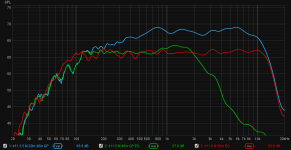
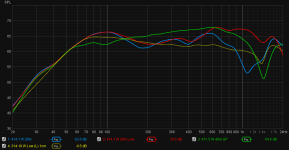




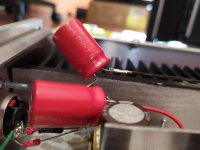
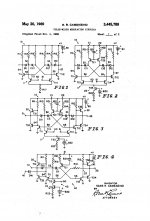

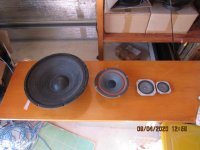
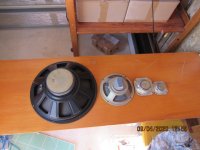
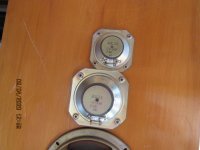
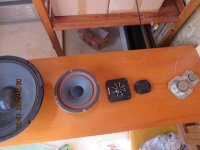
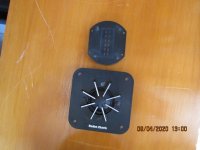
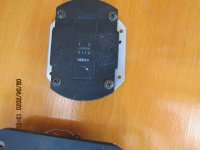
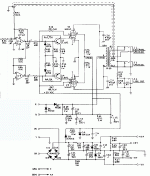
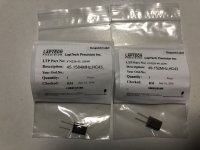
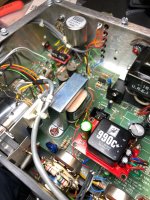
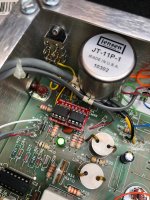
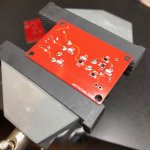
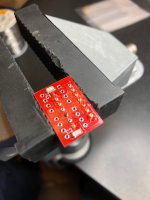
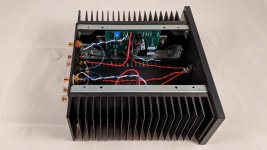
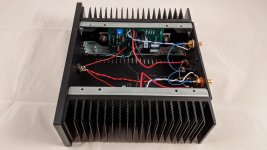
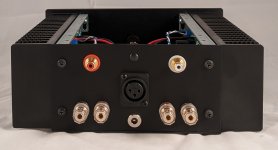

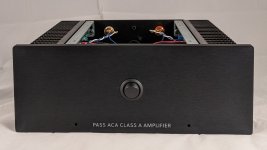
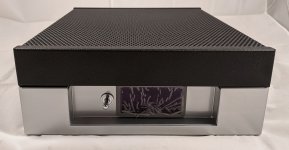
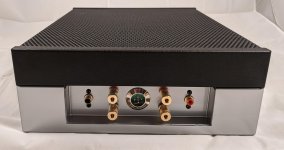

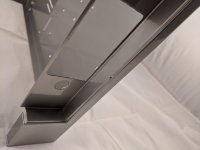
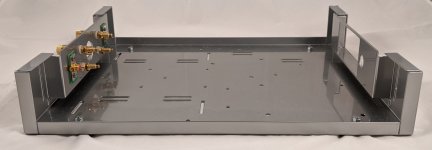
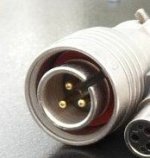

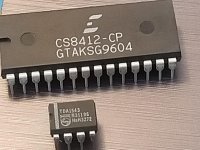
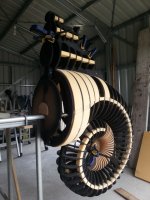
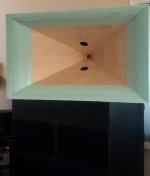
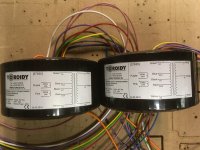
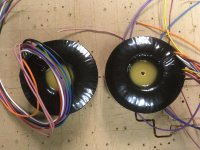
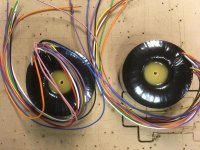
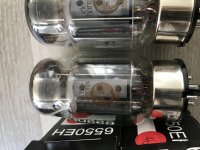
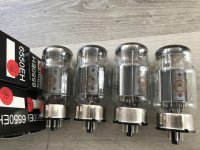
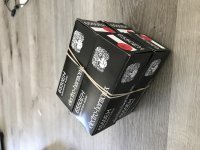
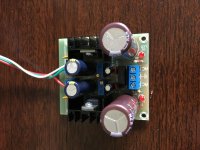
 This thread has been split from -
This thread has been split from - 